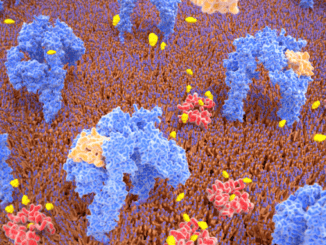
Enzyme activity: Definition, types and factors
Enzymes: An introduction Enzymes are biological catalysts that help in speeding up a chemical reaction without altering itself. All the enzymes are protein in nature […]

Enzymes: An introduction Enzymes are biological catalysts that help in speeding up a chemical reaction without altering itself. All the enzymes are protein in nature […]
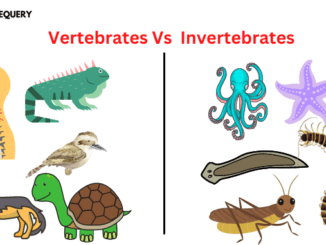
Know in one minute about Vertebrates vs. invertebrates Vertebrates vs. invertebrates are two major categories of animals based on the presence or absence of a […]
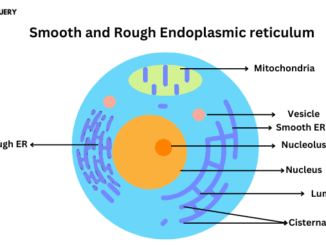
Know in one minute about the Endoplasmic reticulum The endoplasmic reticulum is a network of closely interconnected fine membranes found in the cytoplasm of the […]

Know in one minute what synaesthesia can tell us about brain’s ability Synaesthesia is a condition in which stimulation of one sensory pathway leads to […]
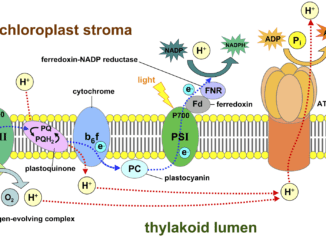
Let us get a better understanding of what is a photosystem and how they are so important for plants and other organisms. show the organisms […]
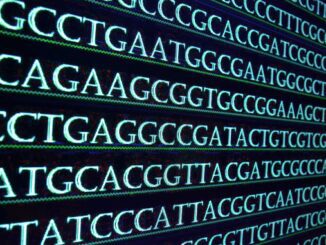
Know in one minute about C value paradox The c value paradox is the developing form of C value. C value is considered as the […]
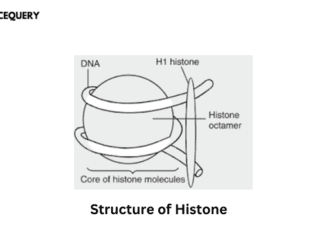
Know in one minute about histone Histones are positively charged basic proteins. They are found in the nuclei of eukaryotic cells responsible for DNA folding […]

Know in one minute about tissue culture plants Tissue culture plants are obtained by in vitro aseptic culture of cells, tissues, organs, or whole plants […]
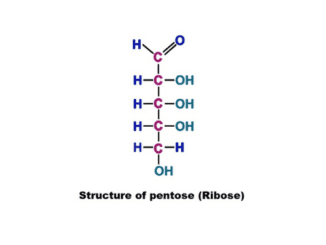
Introduction Monosaccharides are the simplest types of carbohydrates that cannot be hydrolyzed further into small units. Monosaccharides are classified according to the number of carbon […]
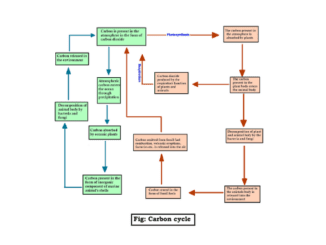
Introduction Humans, plants, various animals, viruses, and bacteria are made up of different types of elements. There are 6 major elements in nature that are […]
Copyright © 2024 | WordPress Theme by MH Themes